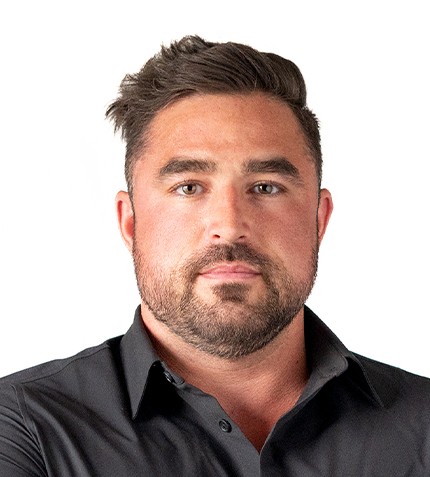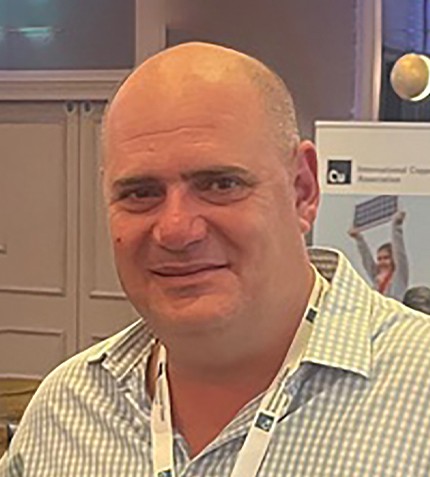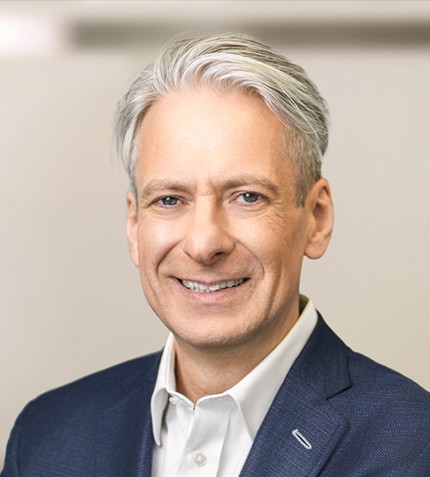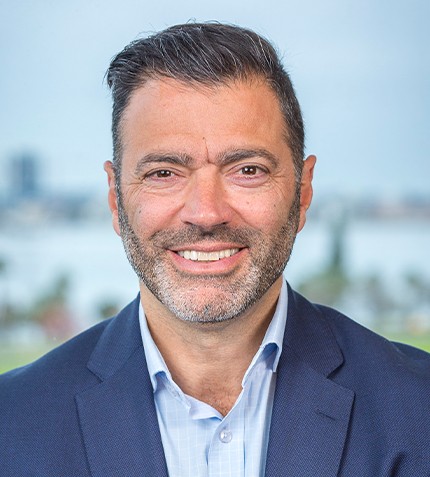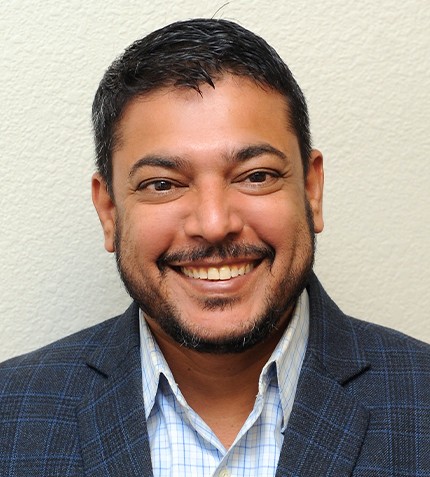
"Our partners benefit from our market intelligence and cost-splitting, and we attain the manufacturing capability and resources. We will continue to grow our partnership model now that we are expecting to double our revenue."
Jay Shukla
PRESIDENT AND CEO, NIVAGEN PHARMACEUTICALS, INC.
How has Nivagen Pharmaceuticals, Inc. (Nivagen) grown in 2022?
Nivagen is moving towards more sterile injectable products. We received first-to-file approvals by the FDA’s 180-day CGT (Competitive Generic Therapy) exclusivity in 2022, and we are expecting four more approvals before Q3 2023. We raised US$45 million in debt financing to build a 63,500-square-foot state-of-the-art sterile manufacturing R&D facility in California. We have started building our sterile manufacturing unit which will produce prefilled syringes, ready-to-use aseptic and terminally sterilized IV bags and cartridges, and we are hoping to complete the manufacturing construction by December 2023. Although we will continue manufacturing oral and topical products in partnership, our current long-term goal is to focus on the hospital market. There is still limited competition in the sterile injectable space compared to the oral space, and we can thus be extremely cost competitive in producing these products locally.
What will the cash flow from the US$45 million in financing unlock in 2023?
The construction of our new sterile manufacturing unit will allow us to onshore our production capabilities. By reshoring product manufacturing, we will be able to streamline our supply chain, reduce manufacturing costs, and ultimately time to market for new product launches. It will also allow us to provide CDMO services to pharma companies who want to hire us as a contract manufacturer for IV bags, prefilled syringes, or cartridge manufacturing. We will be able to provide complete research, analytical formulation development, regulatory support, and experience in filing applications to existing manufacturers and biotech companies. We are looking at more complex generics such as complex injectables, sustained-release microspheres, and nanotechnology. We are also expanding into 505(b)(2) programs and have submitted eight new applications with this regard where we are focusing on dual chamber IV bags, prefilled syringes, and repurposing existing molecules for new indications. Our new facility will give us significant flexibility in terms of what we can develop in-house and how we cater to the CDMO market.
Can you expand on Nivagen’s strategy of growth through partnerships and the advantages of the acquisition and licensing model?
Nivagen has established distribution channels, sales and marketing teams, and vendor agreements with customers and government agencies in all US states, and we also work as an extended sales and marketing team for foreign manufacturers who want to sell into the US market without having a physical presence in the country. We will only partner with companies that have robust supply, a quality system that will withstand FDA inspection, and that is financially strong enough to enter the US market. In terms of co-development, we will co-invest with partners in R&D programs and our partners will have the manufacturing rights while we keep the distribution rights. This is a win-win situation: our partners benefit from our market intelligence and cost-splitting, and we attain the manufacturing capability and resources. We will continue to grow our partnership model now that we are expecting to double our revenue.
How do you assess the current regulatory and generics landscape environment in the US?
The regulatory environment is becoming increasingly stringent, and more parameters are being included. Our biggest setback was the delay in the FDA inspecting our facility, but now that the FDA has started doing the inspections and approving the facility, we hope to see our approvals coming in more rapidly.
Generics have saved the healthcare system and consumers billions of dollars, and as more products are entering the market, prices are decreasing. At the same time, there is a consolidation in the wholesale business and not all the savings are passed to consumers as there is a middleman who picks a significant amount of the savings. This is however changing, and as more price transparency comes into play, more savings will be passed on to the consumer.
What are Nivagen’s key priorities for the next year?
We want to significantly grow our CDMO business, especially for manufacturing aseptic and terminally sterilized IV bags, prefilled syringes, cartridges, and dual chamber bags. We hope to be successful in the products we are awaiting approval for, commercializing our approved products, as well as significantly expanding into the hospital market. Having three revenue streams, we hope to double our revenues by the end of 2023.




